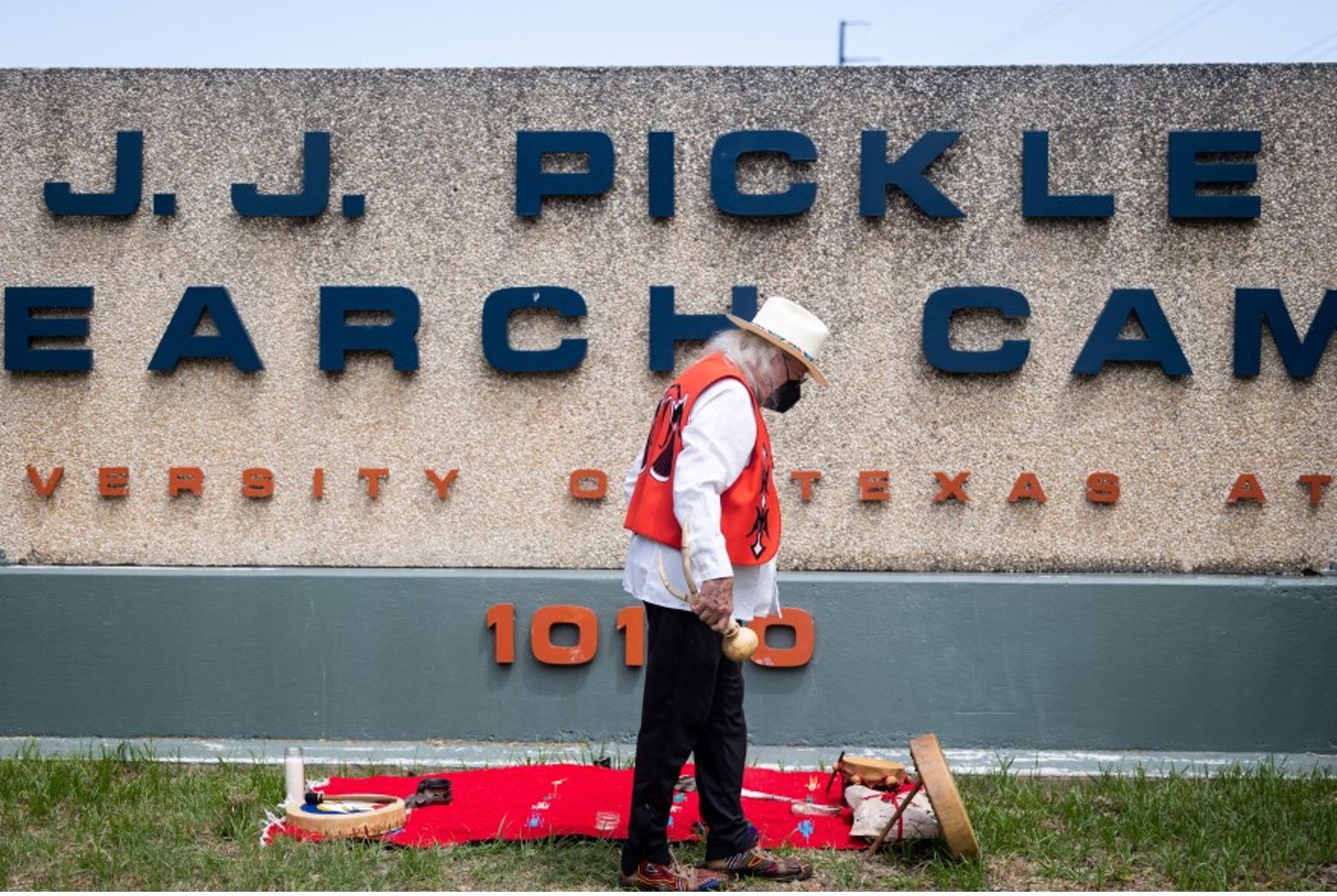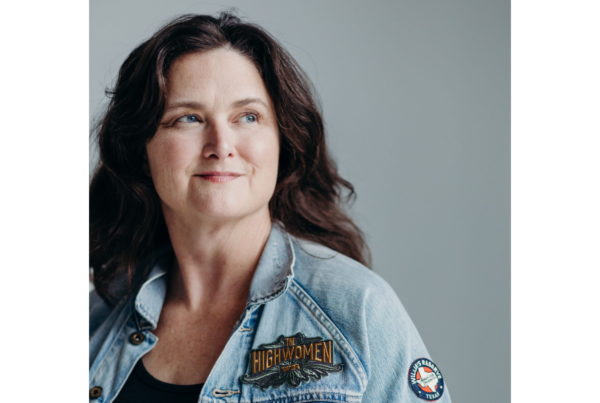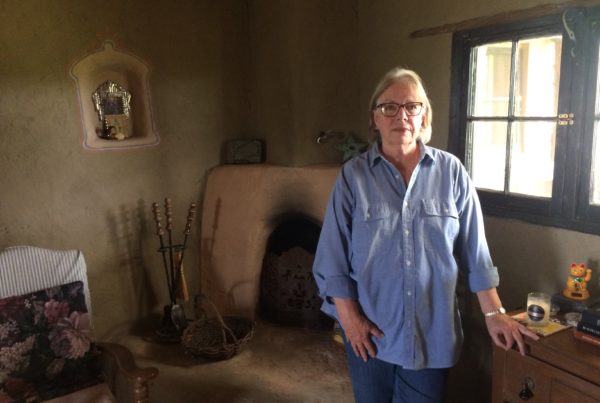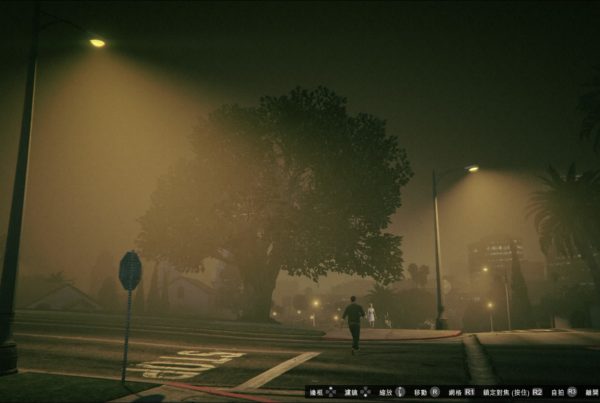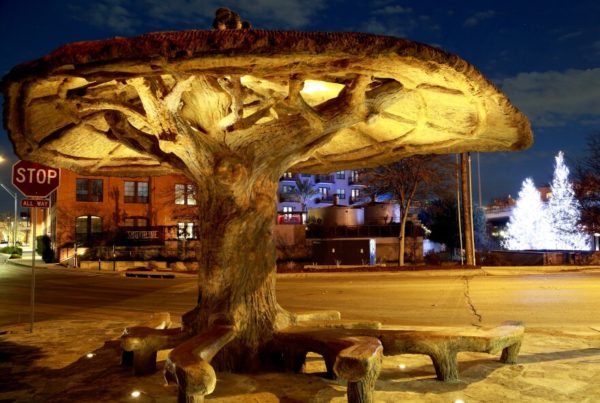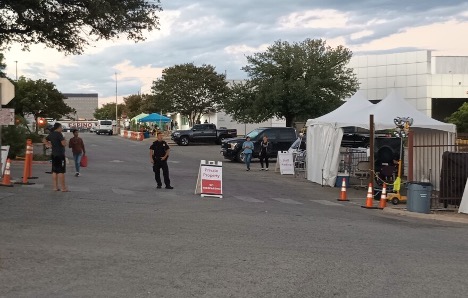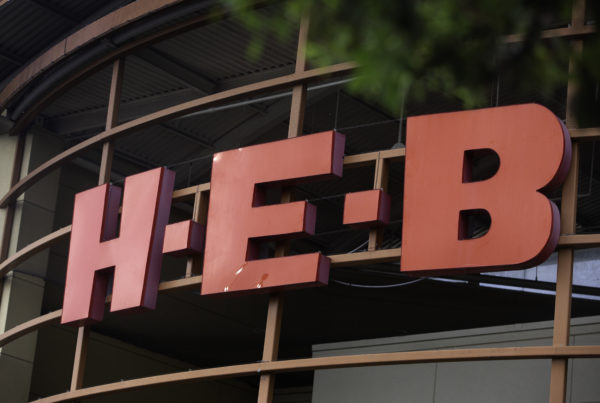From KUT:
Archeologists unearthed human skeletal remains from a site in Hays County in the 1960s. Many of the bones were missing, having decomposed in the soil over thousands of years. But the ones that remained were telling. The teeth, for example, were well-worn and used plenty in their lifetime, likely by a person who was well into middle age.
A mockup of the remains shows a more complete image: This person laid in a fetal position, facing east, their head propped onto a small mound of rocks. At least one of their arms was tucked under their chin. And at the base of their skull was a small crystal and a rounded pebble, which archeologists say could have been part of a necklace.
Archeologists handed over these remains to the University of Texas in 1966. Once there, they were cataloged, studied and stored at the school’s archeological research laboratory.
For the past six years, the Miakan-Garza Band, a Coahuiltecan tribe in San Marcos, has been petitioning UT to return these remains to them for reburial. They believe the ancient remains, along with the remains of two other people found in Hays County, are their ancestors.
UT denied their request in 2020, citing a lack of evidence linking the remains to the Miakan-Garza. The laboratory classifies the remains as “culturally unidentifiable,” meaning that, when archeologists found them, there weren’t any artifacts, like stone tools or ceramic materials, that could trace them back to a particular group. UT also said a bone analysis test showed one of the remains are likely someone of African-American descent.
But the Miakan-Garza have asserted the remains are their ancestors, given accounts from archeologists that place Coahuiltecans in Central Texas for more than 13,000 years.
After protests, the university reversed its decision. President Jay Hartzell wrote to the Miakan-Garza Band promising that the university would jumpstart the legal process required to return the remains through the Native American Graves Protection and Repatriation Act. But two years later, that promise remains unfulfilled. The Miakan-Garza, and the remains of the people they believe to be their ancestors, are still in limbo.
An ‘alternative’ plan
On a Sunday morning earlier this month, elders of the Miakan-Garza Band and their supporters gathered to pray for the remains outside the J.J Pickle Research Campus, where they are stored. Members of the Indigenous Cultures Institute, a nonprofit the Miakan-Garza founded in 2006, were also present.
“You know, [the ancestors] hear our prayers,” Maria Rocha, an elder of the Miakan-Garza Band, said. “We’re reclaiming our language, so we pray in Coahuiltecan. And the prayers are songs. So if they hear us and they know that we’re still here and we’re still working on it — to me, that’s hope. It’s hope in our hearts. And it’s hope in their hearts.”
In a statement, UT said it was putting plans to return the remains to the Miakan-Garza on hold while it explores an “alternative plan.” The university is looking for land where it can build a massive archeological cemetery for the roughly 1,800 “culturally unidentifiable” remains in their repository. The cemetery would be in the shape of Texas, so that the remains can be buried where they were found, symbolically.
The Miakan-Garza view this latest development as another obstacle put in the way by an institution they say doesn’t want to help them. Rocha said that at times, it’s been hard to stay hopeful.
“We started to get depressed because we realized that us elders, we weren’t going to see this happen in our lifetime. So we’ve had to reconcile ourselves with the fact that, yes, we will pass before our ancestors are released,” Rocha said.
The Miakan-Garza believe that when someone’s physical remains are disturbed, it stops the journey of their spirit. It leaves the spirit, Rocha said, in pain.
“That spirit has been in agony, waiting,” she said. “UT is saying that spirit can wait three or four more years, 10 more years in agony. So I’m saying to myself, if their parent or grandparent was in agony, would they just postpone it for a few more years? No, no.”
She said her hope is renewed by the fact that there are young people, many who are reconnecting with their Indigenous roots, willing to continue the fight.
“The right time will come,” she said. “That’s what the cosmos are telling us. This is not quite the time yet, but the time will come. It has to. So we’re hopeful. We’re coming out of that depression and we’re hopeful.”
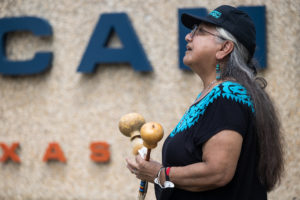
Miakan-Garza Band Elder Maria Rocha participates in a prayer with supporters and members of the Miakan-Garza Band outside of the J.J. Pickle Research Campus on Sept. 4, 2022, in Austin. The Indigenous Cultures Institute has been calling for the return of Native American remains currently held by the University of Texas at Austin.
Michael Minasi / KUT News
Pitting tribes against each other
Tensions between the Miakan-Garza and UT reveal the difficulties tribes that are not federally recognized often face in their repatriation efforts. The Texas Legislature recognized the Miakan-Garza as a Coahuiltecan tribe in 2013. But they aren’t recognized on a federal level.
“The mentality is that you’re not Indian unless the white government says you’re Indian,” said Mario Garza, an elder of the Miakan-Garza tribe.
The Native American Graves Protection and Repatriation Act (NAGPRA) allows both federally and nonfederally recognized tribes to request remains from universities and museums. NAGPRA requires universities to consult with all present-day tribes with ties to the area where remains were found before moving forward with any repatriation. The process can take months and even longer if a tribe objects to the repatriation. When that happens, institutions have to take the request to a NAGPRA Review Committee, which is overseen by the Secretary of the Interior.
Institutions ultimately have the final say in whether they want to pursue that option.
“It’s up to the institution that has the remains that makes, pretty much, the determinations of everything and has the power to do whatever they want to do with the remains,” Garza said.
UT officials point to objections from the Alabama-Coushatta and the Caddo as a factor in their decision to pursue a larger reburial plan instead of handing the remains over to the Miakan-Garza.
Rocha told the Austin American-Statesman the process pits Native Americans against each other. Many federally recognized tribes object to nonrecognized tribes receiving remains, not because they want to rebury the remains themselves, but out of fear that they’ll start to ask for more federal benefits, which are already limited, she said.
The tribe faced a similar obstacle when it requested remains from Texas State University in 2016. Todd Ahlman, the director of the school’s center for archaeological studies, said having objections to the repatriation process can make the process “emotionally hard.”
“It’s difficult when you have different tribes … with different interests from different areas who would like the remains to be reburied with them or in a different location,” Ahlman said.
But, ultimately, he says, the university still worked hard to make sure the Miakan-Garza had a “power in the process,” especially because they have such strong ties to the San Marcos Springs in Spring Lake, which is partially managed by Texas State University. In their creation story, Coahuiltecan people came into the physical realm through the San Marcos Springs.
“I think that’s a commitment for me as well as a commitment from the Texas State administration to make sure that the Indigenous people of Central Texas, who may not always be recognized on the federal level, are engaged and involved in what happens on campus,” Ahlman said.
Waiting game
Members of the Miakan-Garza organized a prayer walk across UT’s campus on the two-year anniversary of President Hartzell’s letter. Hundreds of students and supporters marched silently to the sound of a single beating drum. Many wore red and carried cardboard boxes to symbolize the remains.
The walk culminated at the UT Tower, where Emi Aguilar, the culture and communications pīlam, or person, at the Indigenous Cultures Institute, called on UT to return the bodies “home to rest.”
Aguilar has led the renewed calls for UT to return the remains. Last month, she started an Instagram account called Return the Remains, where she answers frequently asked questions and rallies people to join the effort to pressure UT.
Aguilar said she wants UT to know that they’re not going away, even as people like Rocha and Garza get older and can’t lead the effort themselves.
The work doesn’t stop, she said. It just gets passed on.
“We’re still here,” Aguilar said, speaking directly to UT. “We remember your promise. We are people that hold each other to our word and [when] we say we’re going to do something, we do it.”


